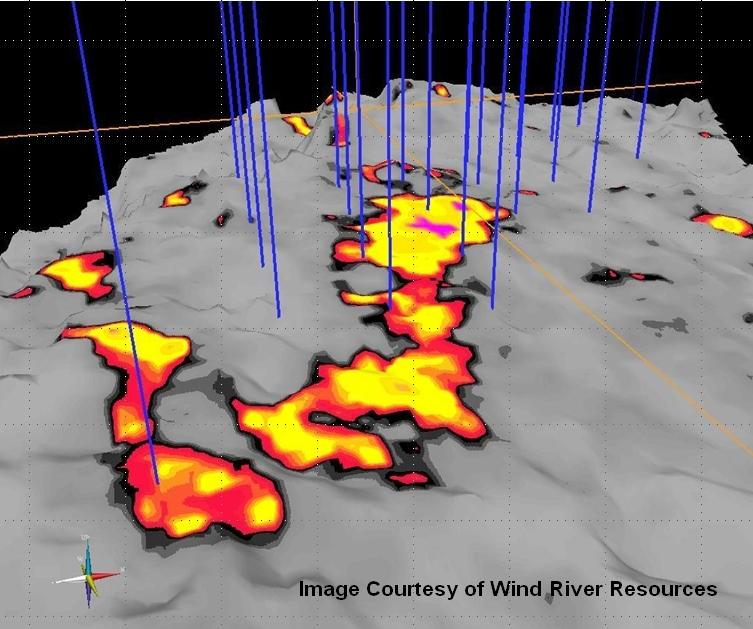
Jan. 15, 2008 – The University of Utah has been awarded a software gift valued at $21.2 million from Landmark, a product service line of Halliburton’s Drilling and Evaluation Division. The three-year, renewable donation provides advanced software, including maintenance and support, to students and researchers in the College of Engineering and the College of Mines and Earth Sciences, especially those that focus on studying energy development. The software is used to help find oil and gas resources more efficiently.
“Utah has attracted a host of talent and continues to build a reputation for important work toward more efficient, clean and renewable energy technologies,” says Paul Tikalsky, chair and professor of civil and environmental engineering at the university. “This valuable grant will provide additional tools to train our students, as well as enhance the work of interdisciplinary researchers in this area of increasing social, technical and economic importance.”
The grant allows the colleges to install on multiple computers several Landmark software programs widely used in the petroleum industry. Landmark’s GeoProbe software, for example, allows users to slice virtually into the ground and examine rock layers, formations, stresses and fractures without drilling a single hole. Users can select and manipulate detailed images of the underground terrain in various ways, and can then use the resulting observations to select drilling locations and minimize the number of wells required to reach petroleum reserves. Users can also take advantage of the software to improve petroleum reservoir prediction, allowing them to model underground reservoirs of oil-bearing rock and more precisely predict the volume of oil or gas available in various rock layers.
According to William Keach, who is in charge of the Energy and Geoscience Institute (EGI) visualization facility at the university, using this type of data can dramatically increase drilling success rates – going from three successful wells out of every 10 drilled to seven successful wells out of 10.
In the university’s Department of Geology and Geophysics, the Landmark software will give every student in a new class on seismic interpretation access to 3-D visualization, opening up new ways for students to learn to interpret and model data. Students will learn cutting-edge skills and gain valuable experience while working with partners in the global energy industry.
“Cultivating new talent will be vital if we are to continue taking petroleum-related geoscience in exciting new directions,” says Paul Koeller, vice president, Landmark. “That’s why we’re providing the University of Utah with the technologies its students and researchers need to change the way the oil and gas industry discovers and optimizes new assets.”
The Energy and Geoscience Institute, a research organization within the university’s Department of Civil and Environmental Engineering, will employ the software in many of its worldwide energy exploration projects. A recent example is research being conducted on underground storage of carbon dioxide gas, a promising technique to reduce the deleterious effects of carbon dioxide emissions, one of the so-called greenhouse gases contributing to climate change. With the software, researchers can examine layers of rock to pinpoint the most resilient location for injecting the carbon. The U.S. Department of Energy recently awarded EGI a grant of $88 million to further this work, which is led by Brian McPherson, a Utah Science, Technology and Research (USTAR) professor of civil and environmental engineering at the university.
“The university is grateful to Landmark not only for renewing, but significantly increasing, its grant for the next three years,” said Raymond Levey, director of EGI and research professor in civil engineering at the university. “Our students and researchers will have access to tools and technology not otherwise available to them, to continue vital work at the university and preparing students to find creative solutions to global energy challenges.”
